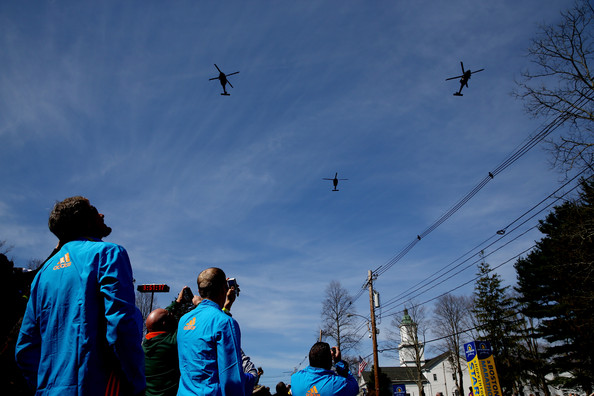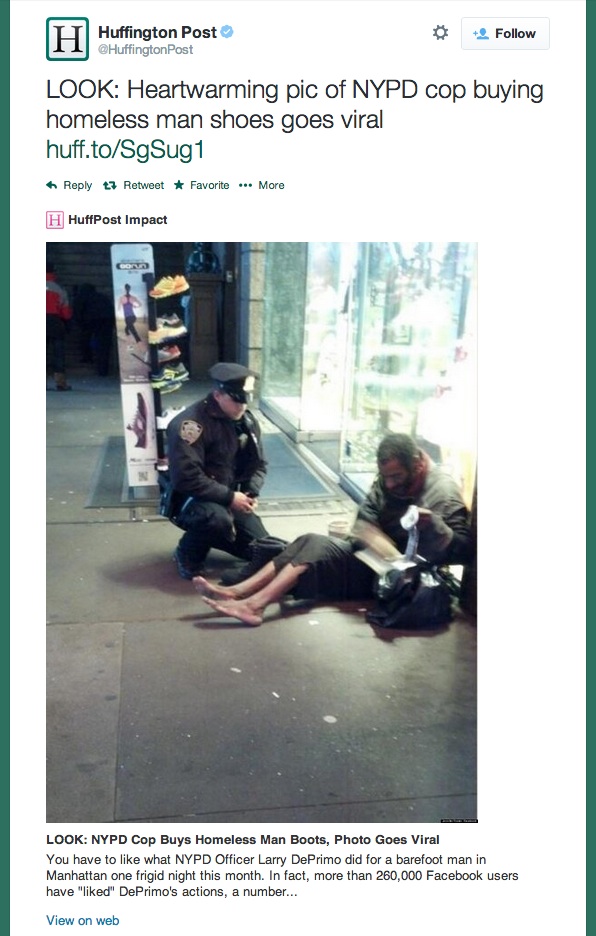Notes
Ambassadors! They’re Just Like Us! A Day in the Life of Samantha Power
As Ambassador Samantha Power leans into the public spotlight, photographers zoom in—way in— on her status as a “normal” working mom.
(Left) 8:25 a.m.My kids are 4 and 1: Declan and Rian. We have a large, ornate dining room for the ambassador’s residence. It’s not a great room for flying scrambled eggs, so we have a small table with my daughter’s high chair. The BlackBerry sits there, too, I’m afraid. (photo: Stephanie Sinclair); (Right) Power with Declan and Rian. (photo: Linda Davidson/The Washington Post)
Close ups like the ones featured this month in New York Magazine and the Washington Post depict the affectionate intimacy and rapturous joy that seems to accompany Power’s morning routine with her children. Viewers become voyeurs, peering through the slats in a chair in order to glimpse an authentic family moment. The close shots momentarily obscure the fact that Power and her children (like her U.N. predecessors) reside in the Waldorf Astoria. Power’s observation that her residence’s “large, ornate dining room” is “not a great room for flying scrambled eggs” is a straightforward and practical explanation of her family’s dining arrangements. However, the visual of the humble square table covered in a bright plastic tablecloth also acts as a testament to Power’s ostensible middle-class sensibilities—an important component of any political biography.
Photo spreads like these are part celebrity profile and part Horatio Alger myth: Ambassadors! They’re just like us! They drop their kids off at school. They write thank-you notes.
(Left) 8:46 a.m. Declan is in preschool. He is excited about baseball, baseball, and baseball. His only incentive to learn to read is to be able to read the names on the backs of the jerseys. (Right) 8:08 p.m. I’ve come to appreciate, with the tyranny of the email in-box, how important thank-you notes are. If there’s an activist out there who’s doing great work, sure, I can tweet, but it means more if I write a note. But I have the penmanship of someone who’s written emails her whole life. (photos: Stephanie Sinclair)
On the one hand, Power’s gravitas is central to each shoot. She strides purposefully through the frame like a character in an Aaron Sorkin drama and is photographed representing the world’s great super power at the U.N. General Assembly.
(Top Left) Samantha Power, U.S. Ambassador to the United Nations, returns to her office after meetings at the U.N. (Top Right) At the U.N., Power walks past portraits of former secretary generals Boutros Boutros-Ghali and Kofi Annan. (photos: Linda Davidson /The Washington Post); (Bottom) 6:53 p.m. We had a really powerful General Assembly of 100 not long after this, where Russia was isolated with Venezuela, Sudan, Syria: the actors who are not themselves poster children for human rights or international law. (photo: Stephanie Sinclair)
On the other hand, however, her privileged position is obscured by photos that depict her hustling her kids off to school and hanging out in her son’s messy room.
(Left) 8:32 a.m. I take my son to school and my daughter to day care on the way to work. It’s a busy day job. Ukraine has been intense. Stephanie Sinclair. Power high-fives son Declan. (photo: Linda Davidson/The Washington Post)
Only the last shot in the New York Magazine spread hints at the conveniences and complexities that come with the life of this Power-player: the personal assistant who holds her belongings and the driver paid to whisk her to her once-a-week dinner with her commuter spouse, who traded his own White House career for a Harvard professorship.
8:17 p.m. I’m sprinting to get home before my daughter goes to bed, then heading to meet my husband [Cass Sunstein] for dinner. He’s teaching in Boston, so he only comes back on Thursdays. We talk about the book he’s written that week; he is the most prolific man on Earth. And whatever Security Council resolution I’m working on. But there are limits to what I can share. (photo: Stephanie Sinclair)
What’s interesting about each photo layout is the ways in which they make the lifestyles of the political elite look almost quotidian. Coming on the heels of the recent academic study alleging that U.S. democracy functions more like an oligarchy controlled by wealthy elites, these images work to quell class angst. After all, to hear her tell it, Power is just another busy mom: “I take my son to school and my daughter to day care on the way to work. It’s a busy day job. Ukraine has been intense.”
— Karrin Anderson | @KVAnderson








Reactions
Comments Powered by Disqus